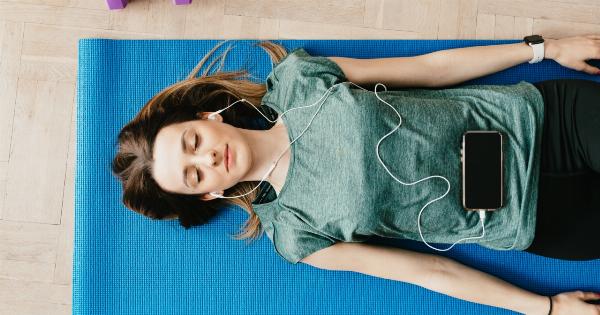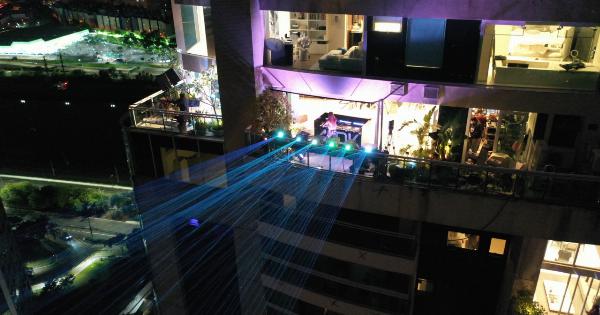In today’s digital age, screen fatigue has become a common issue that affects many individuals.
Whether you’re working remotely, attending virtual meetings, or simply engaging in leisure activities, the excessive use of screens can lead to various negative consequences on your overall well-being. It can result in eye strain, headaches, difficulty sleeping, decreased productivity, and even mental health issues. To combat screen fatigue and maintain a healthy balance in your digital life, here are four effective strategies to implement:.
1. Practice the 20-20-20 rule
One of the simplest yet highly effective ways to combat screen fatigue is to incorporate the 20-20-20 rule into your daily routine. According to this rule, every 20 minutes, take a break and look at something 20 feet away for 20 seconds.
This practice helps reduce eye strain and gives your eyes a chance to relax and refocus on a different depth of field. It also encourages you to take frequent breaks from staring at screens, ultimately reducing the overall strain on your eyes.
2. Implement blue light filters
Blue light emitted by screens can disrupt your sleep patterns and further contribute to screen fatigue. To counteract this, consider implementing blue light filters on your devices.
Many smartphones, tablets, and computers now offer built-in blue light filter options. These filters work by reducing the amount of blue light emitted from the screen, making it easier on your eyes and reducing the negative impact on your sleep quality.
3. Take regular screen breaks
Another effective strategy to combat screen fatigue is to consciously incorporate regular screen breaks into your daily routine. Aim to take short breaks every hour or so, preferably away from screens.
Use this time to stretch, move around, or engage in activities that don’t require electronic devices. These breaks not only help to alleviate strain on your eyes but also reduce mental fatigue, improve focus, and boost overall productivity.
4. Practice the 4-7-8 breathing technique
When we spend long hours in front of screens, our breathing tends to become shallow and irregular. This can add to the feeling of fatigue and stress. Practicing the 4-7-8 breathing technique can help in relaxing both the mind and the body.
To do this technique, inhale through your nose for a count of 4, hold your breath for a count of 7, and exhale slowly through your mouth for a count of 8. Repeat this pattern a few times whenever you feel overwhelmed or tired. This technique promotes deep breathing, which can induce a relaxation response and help combat screen fatigue.
Conclusion
Screen fatigue has become a prevalent issue in our increasingly digital world.
However, by implementing these four effective strategies – practicing the 20-20-20 rule, implementing blue light filters, taking regular screen breaks, and practicing the 4-7-8 breathing technique – you can combat screen fatigue and maintain a healthier relationship with technology. Prioritize your well-being by reducing screen time, incorporating these strategies into your daily routine, and finding a balance that works for you.
By doing so, you can alleviate the negative effects of screen fatigue and embrace a more balanced and enjoyable digital life.





























